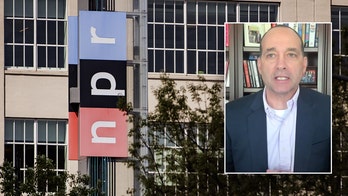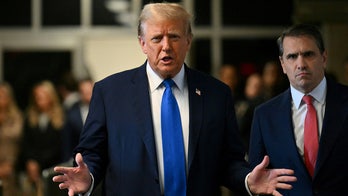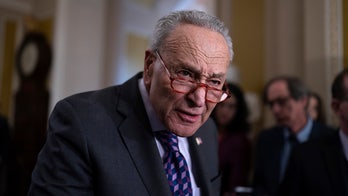The American Public Transportation Association reported last week that U.S. transit ridership reached an all-time high (all-time since 1956, that is). This represents, APTA claims, “a fundamental shift going on in the way we move about our communities.”
Not so, as Wendell Cox pointed out in Joel Kotkin's New Geography website and planning professors David King, Michael Manville and Michael Smart write in the Washington Post. In their view, the idea that the United States is seeing a vast boom in mass transit use is way overblown. The three professors note that, since population is rising, transit trips per capita actually declined slightly between 2008 and 2013. “There is nothing exceptional about last year's numbers,” they write. “They represent a depressing norm.” Cox concedes that transit ridership has grown faster than vehicle use since 1995, but points out that its share of urban travel has barely budged, “because its 1994 share of travel was too small.” He presents the following graph, which tells the story:
The rise in transit use in these years is significantly smaller than the decline in car pooling and the increasing number of those who work at home.
APTA is promoting the idea of a transit boom because it would like to see lots of federal money continue to be spent on transit. It already is: as King et al. point out, transit receives about 20 percent of federal surface transportation funding while accounting for only 2 to 3 percent of U.S. passenger trips. And as Cox points out, two-thirds of the recent rise in transit commuting occurred in the six “transit legacy cities”--New York, Chicago, Philadelphia, San Francisco, Boston and Washington. These six cities have the nation's six largest concentrations of downtown office employment, and transit routes were designed to funnel people into and out of these concentrated areas. Transit use has languished in other areas with subways or much touted light railway systems like Portland's.
The continuing low use of transit has important implications in the current debate on federal transportation funding, on which I write a recent Washington Examiner column. Since the interstate highway program was created in 1956, federal transportation funding has been based on a trust fund with proceeds from the (currently 18.4 cents per gallon) gas tax; starting with the 1980s, transportation bills have included funding for mass transit and peripheral projects like bike trails -- an obvious effort to aggregate support from members on both sides of the aisle and representing urban, suburban and rural constituencies. The problem now, as I wrote, is that gas tax revenues are in decline, because fewer miles are being driven and because federal policies raising fuel economy and encouraging electric cars will be reducing gas use in the future. Congress is unwilling to raise the gas tax, and has been dipping into general funding to supplement gas tax revenues in the Highway Trust Fund.
The smart way to fund big new highway projects and to fund needed rebuilding of the original interstates, I argued, is through tolling, which is much more feasible and inexpensive these days because of transponder technology. The gas tax was a kind of user fee, but tolling is an even more precise user fee, because it is tied to use of a specific highway and lends itself to tying funding of that facility to actual use.




